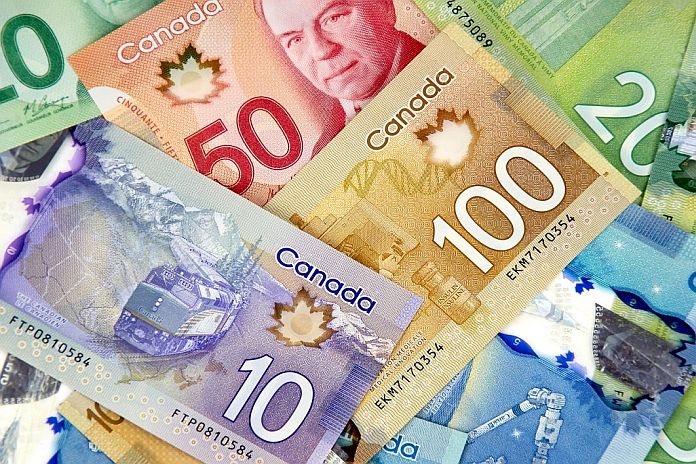By BDC
MONTREAL, Canada – Fallout from the onset of the COVID-19 pandemic took the Canadian dollar below US$0.70 in March 2020, but the loonie has recovered strongly to US$0.83, up 20 percent from last year’s low.
The Bank of Canada explicitly identified a higher dollar as an adverse risk to its base case in the January Monetary Policy Report. This was the first time since July 2011 that the central bank has made such a statement. Back then, our dollar was at parity with the US dollar and oil prices were above US$100 per barrel.
While a strong dollar is good for importers and international travellers, it’s a negative for Canadian exporters to the US destination for over 75 percent of Canadian exports.
The exchange rate between the Canadian dollar and any floating foreign currency is determined by the forces of supply and demand. The foreign exchange market is like any other asset market—expectations about the future are important. And like other asset markets, including the stock market, foreign exchange movements are notoriously difficult to predict.
However, there are some indicators that have historically been useful in trying to forecast currency fluctuations. For the Canadian dollar, the key indicators have traditionally been commodity prices, short-term interest rates and market volatility.
High commodity prices favour the loonie
Natural resource industries represent about 10 percent of Canada’s economic output, while accounting for about 50 percent of exports. The Canadian stock market also remains heavily commodity-based. As a result, fluctuations in demand for commodities, including oil, account for much of the volatility in the Canada/US exchange rate.
Commodity prices soared as the global economy recovered from the COVID-19 pandemic, and we expect them to continue to do so in 2021 for various reasons.
Demand for metals and minerals has been largely driven by the rapid Chinese recovery while lumber and other wood products have benefitted from booming spending on new home construction and residential renovations. Meanwhile, oil prices appear to have stabilized but may move higher as economies around the world reopen despite increased crude supply expected in the coming months.
Overall, commodity prices should continue to support a stronger Canadian dollar in 2021. However, the recent surge is likely to fade towards the end of 2021 or early 2022, according to our forecasts. This will reflect an easing of pent-up demand for commodities and more supply coming online.
The interest rate differential
A differential in short-term interest rates between Canada and the US was essentially neutralized as a driver of exchange rate volatility at the start of the pandemic. Both the US Federal Reserve and the Bank of Canada lowered their policy rates and both used massive asset purchases to further support low-interest rates.
The market is watching closely for signs of coming changes in monetary policy in both countries. The Bank of Canada tends to be more flexible on the timing of rate tightening than its US counterpart. In fact, the Bank of Canada began slowing its bond-buying program in late April and has moved up the possibility of a future rate increase to late 2022 (rather than 2023), while the Fed is maintaining the status quo despite inflation concerns.
Overall, the spread between Canadian and US short-term interest rates could widen, which should help the Canadian dollar appreciate further against the US dollar.
Uncertainty, risk and the stock market
Market volatility reflects changes in risk appetite, global uncertainty and inflation expectations. The VIX, the index representing market volatility—commonly referred to as the fear index—peaked at 82.7 at the beginning of the pandemic. While the stock market quickly recovered its losses from a pandemic-related crash last year, it took several months for the VIX to return to a more normal level.
When market volatility accelerates, investors take refuge in the US dollar as a safe haven. Thus, market volatility usually has a negative impact on the Canadian dollar’s value versus the greenback, not because the loonie depreciates, but because the US dollar appreciates against other currencies.
Broadly speaking
While exchange rates are notoriously difficult to predict, we believe the loonie will continue to appreciate against the greenback through the summer but not rise above US$0.84 (for long). We then expect it to begin declining early in the fourth quarter to stabilize around $0.80 by early 2022.
Risk or opportunity for entrepreneurs?
Exporters may find the rising Canadian dollar challenging, but shortages of commodities and some intermediate goods, and the reopening of economies, still bode well.
If you have investment projects that require imports of technology or other goods and services from abroad, you will benefit from the favourable exchange rate. But hurry, as the loonie is expected to fall back in the first half of 2022.
Whether your company is an exporter or importer, the important thing is to take the exchange rate into account in your planning to optimize your operations and your return on investment.
Source: BDC





